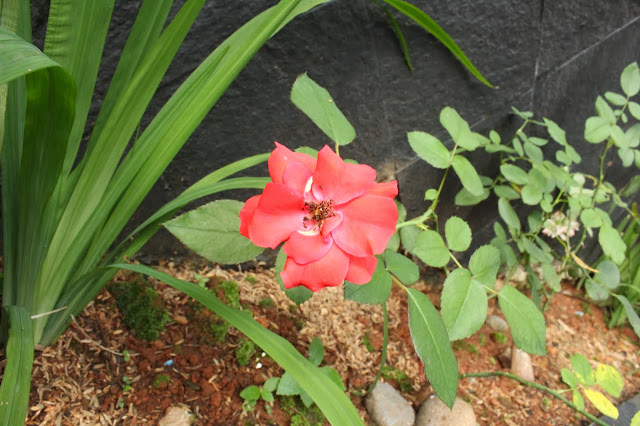Today we've a presentation about Exterior (Architecture) and Interior Photography. The tips and the steps for interior photography are:
1. Choosing a room
- Be careful to select the most interesting portion of the room to photograph cause its impossible to include the entire room in a single shot
- Be aware of any interesting features in that room that may be of use to the picture
2. Equipment
- Obviously you should be shooting on a wide angle lens but not a fish eye lens
- Anything from 12mm or greater on smaller sensor sized DSLR's and 14mm on full frame sensors is fine but the wider the lens, the greater the barrel distortion
- Shooting on a compact just use the widest angle possible
- Tripod is often essential and if you really want to do it right you will also need some light/flashes and play with the white balance
BASIC CHOICES (Architecture and interior photography)
1. Content
- How much scene to show
- Always in higher perspective (eye level)
- Overall picture
- Detail picture
2. Framing The Subject
- Frame isolates part of large scene
- Cropping can strengthen a picture, it can be distracting too
- Decide quickly vertical or horizontal
3. Background
- It's part of the picture but ease to forget
- Use background when it contribute something
Screen Printing
Screen printing is a printing technique that uses a woven mesh to support an ink-blocking stencil. The attached stencil form open areas of mesh that transfer ink or other printable materials which can pressed through the mesh as a sharp-edged image onto a substrate. A fill blade or squeegee is moved across the screen stencil, forcing or pumping ink into the mesh openings for transfer by capillary action during the squeegee stroke. Screen printing is also a stencil method of print making in which a design is imposed on a screen of polyester or other fine mesh, with blank areas coated with an impermeable substance, and ink is forced into the mesh openings of the mesh by fill blade or squeegee and onto the printing surface during the squeegee stroke. It is also known as silkscreen, serigraphy, and serigraph printing. You can also have more than one colour printing, for example you could have a stripped printing.
History
- Screen printing is a form of stencilling that first appeared in a recognisable form in China during the Song Dynasty (960-1279 AD)
- It was adapted by other Asian countries like Japan, and was furthered by creating newer method
- Song Taizu, the founder of the Song dynasty
- Screen printing was largely introduced to Western Europe from Asia sometime in the late 18th century, but didm;t gain large acceptance or use in Europe until silk mesh was more available for trade from the east and a profitable outlet for the medium discovered
Technique
- A screen is made of a piece mesh stretched over a frame
- A stencil is formed by blocking off parts of the screen in negative image of the design to be printed
- That is, the open spaces are where the ink will appear on the substrate
My article was based on Sir Pongky's (my lecturer) presentation.





































































